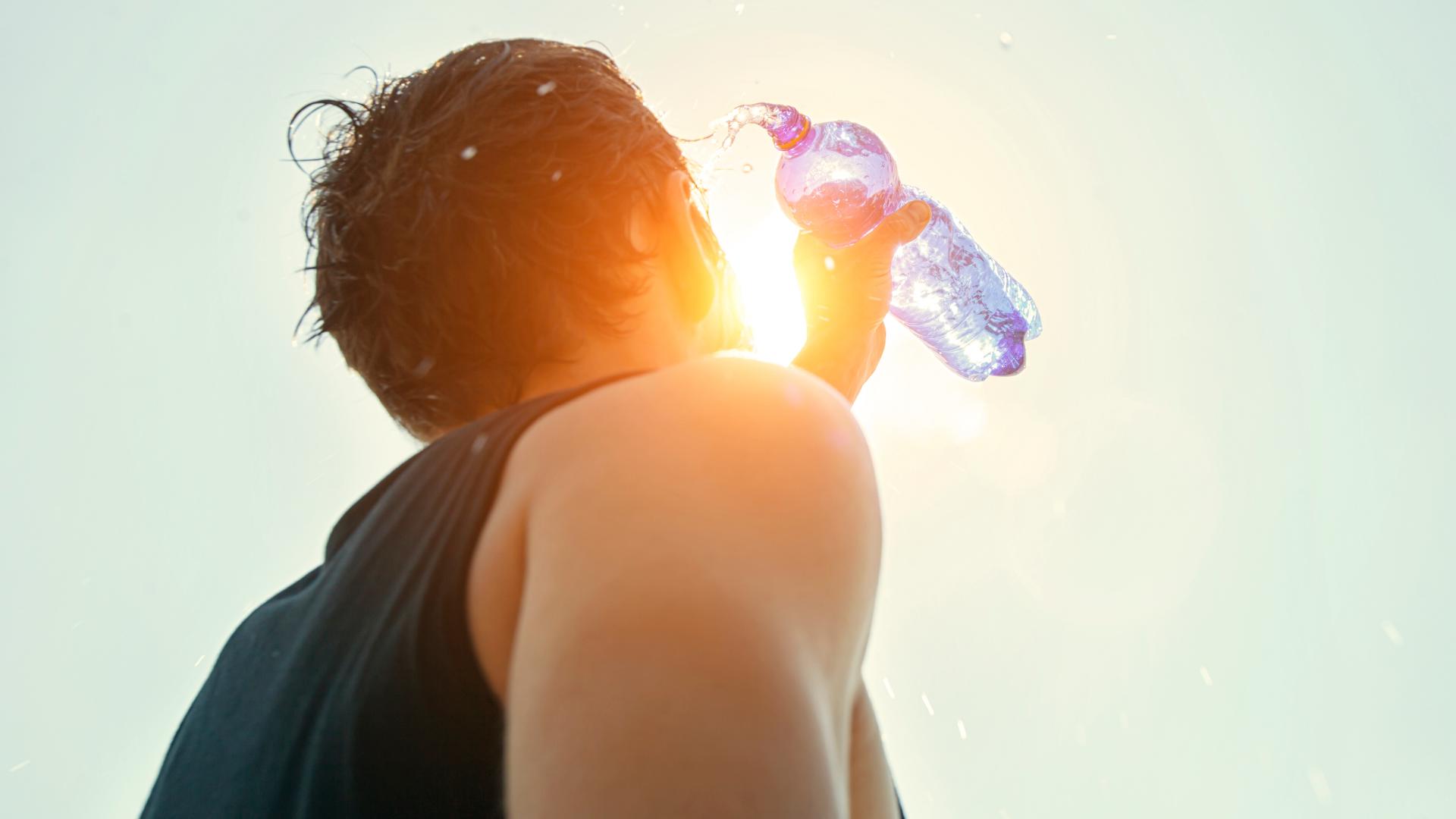COLUMBUS, Ohio — As sweltering heat impacts the region, the Ohio Department of Health is offering some tips to help keep you and your family safe.
“High temperatures pose the threat of heat-related illnesses for all people, but some are more at risk than others,” said ODH Director Dr. Bruce Vanderhoff. “It’s critical we remain vigilant and follow some simple precautions to get through it without incident, injury, or illness.”
This comes as the Centers for Disease Control and Prevention says approximately 1,220 people in the United States “are killed by extreme heat every year.”
Here are some heat-related safety precautions as outlined by the Ohio Department of Health...
DRINK COOL FLUIDS
- Help your body cool down by staying well hydrated with water. Don’t wait until you are thirsty to start drinking water.
- Monitor your body – you may need to drink more on hot and humid days, especially if you are active throughout the day. Talk to your doctor and consider the use of electrolytes when hydrating.
- Drink two to four cups of water every hour while working or exercising outside.
- Avoid fluids that contain alcohol or caffeine, as they can add to dehydration and increase the effects of heat illness.
MONITOR OR LIMIT OUTDOOR ACTIVITIES
- Plan outdoor activities for the early morning or evening when the sun is less direct.
- Wear loose-fitting, breathable, light-colored clothing.
- A wide-brimmed hat protects against sunburn and helps keep the body cooler.
- Use a broad-spectrum sunscreen that protects against UV-A and UV-B rays and has a sun protection factor (SPF) of at least 30. Both the U.S. Food and Drug Administration and the American Academy of Pediatrics recommend not putting sunscreen on infants, or those 6 months or younger. Infants should wear loose, lightweight clothing and a hat. Keep them out of direct sunlight – especially in the middle of the day – as much as possible.
- Take frequent breaks from the sun; move to the shade or into an air-conditioned building, especially at any hint of heat illness.
- Very young children may become preoccupied with outdoor play and not realize that they are getting overheated. Adults should closely monitor children, require frequent breaks, and bring them indoors for a cool drink.
- Children or youth involved in team sports should be closely monitored for signs of heat stress. Consideration should be given to shifting practices and games to cooler times of the day.
KNOW THE SIGNS OF HEAT STROKE
- Heat stroke is a life-threatening condition characterized by a body temperature of 103 degrees or higher; red, hot, and dry or damp skin; rapid, strong pulse; headache; dizziness; nausea; confusion; unconsciousness.
- People experiencing heat stroke need immediate medical assistance – call 911. Before help arrives, begin cooling the exhausted individual by any means possible, such as spray from a garden hose or cool cloths. Move the person to a cooler place.
RELATED: What are the signs and symptoms of heat stroke vs. heat exhaustion? Here's what you need to know
KNOW THE SIGNS OF HEAT EXHAUSTION
- Heat exhaustion is characterized by heavy sweating; cold, pale, and clammy skin; fast, weak pulse; muscle cramps; tiredness or weakness; dizziness; headache; and nausea or vomiting.
- Move the exhausted individual to a cool place, loosen their clothing, and have them sip water. If possible, put cool, wet cloths on the person or have them take a cool bath.
- If the exhausted individual begins throwing up, or if symptoms get worse or last for over an hour – call 911.
INCREASED RISKS FOR OLDER ADULTS
- As people age, their bodies do not adjust as well to high temperatures or humidity. Plus, chronic health conditions and medications can change how older adults’ bodies respond to heat.
- Common types of heat-related illnesses that affect older adults include heat cramps, heat exhaustion, and heat stroke.
BE A GOOD NEIGHBOR
Family, friends, and neighbors are urged to check on older neighbors, friends, and family, as well as those with chronic medical conditions, at least twice a day since they are among those at highest risk for heat-related illnesses.
- Encourage them to stay in air-conditioned environments as much as possible and to look for an air-conditioned shelter if necessary.
- Recommend that they take cool showers or baths to cool down.
- Tell them to seek medical care immediately if they have symptoms of heat-related illness like muscle cramps, headaches, nausea, or vomiting.
DON'T FORGET YOUR PETS
- Animals kept outdoors should have plenty of fresh water and a covered area for shade and cooling down.
- Never leave pets in vehicles. Even if the windows are cracked open, interior temperatures can rise almost 20 degrees within the first 10 minutes.
HIGH-RISK GROUPS
"High-risk groups include infants, young children, and older adults; people with mental illness and chronic medical conditions such as heart disease, obesity, and poor blood circulation, as well as people who are pregnant, work and exercise outdoors, and those without air conditioning in their homes."

